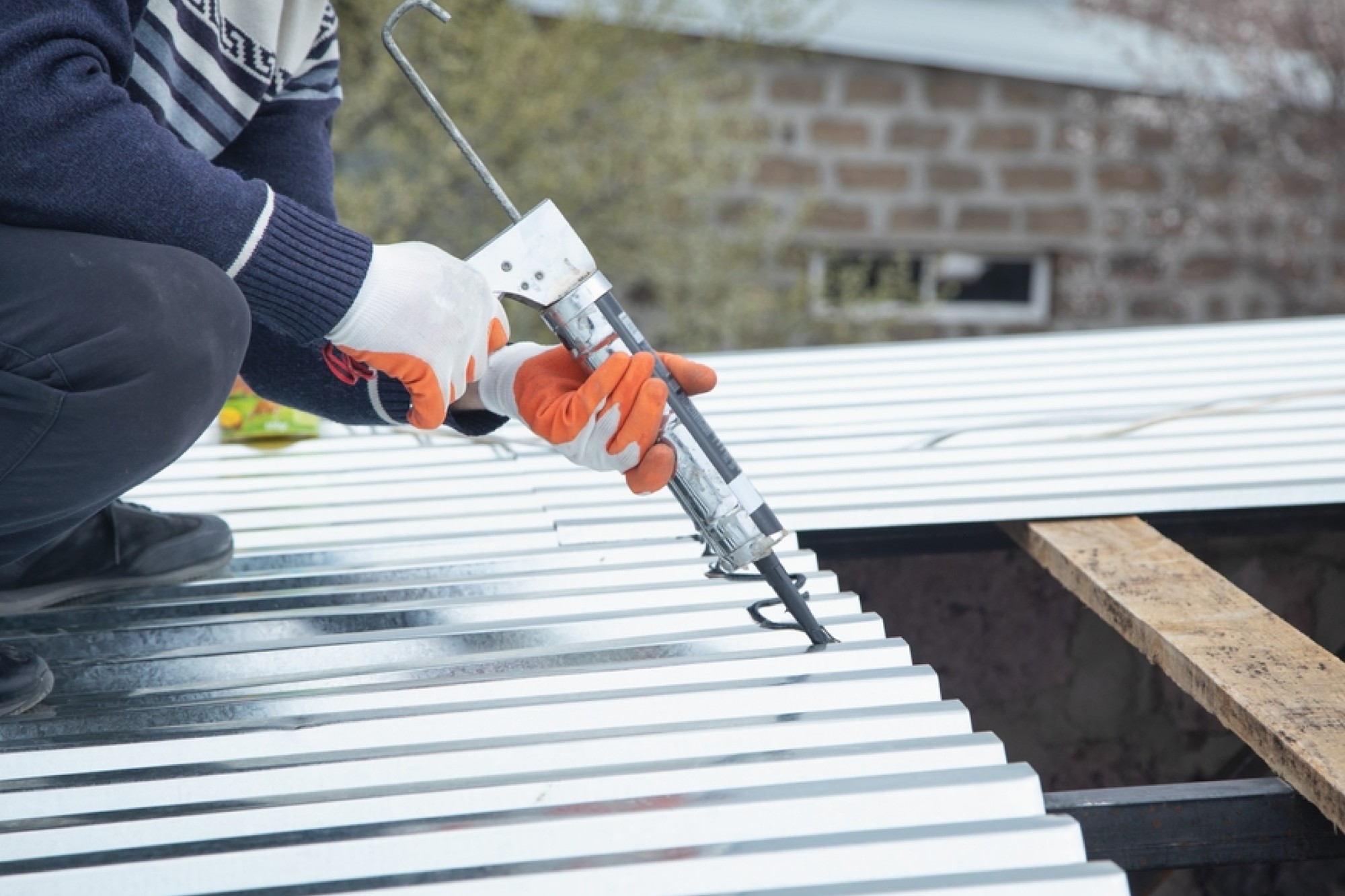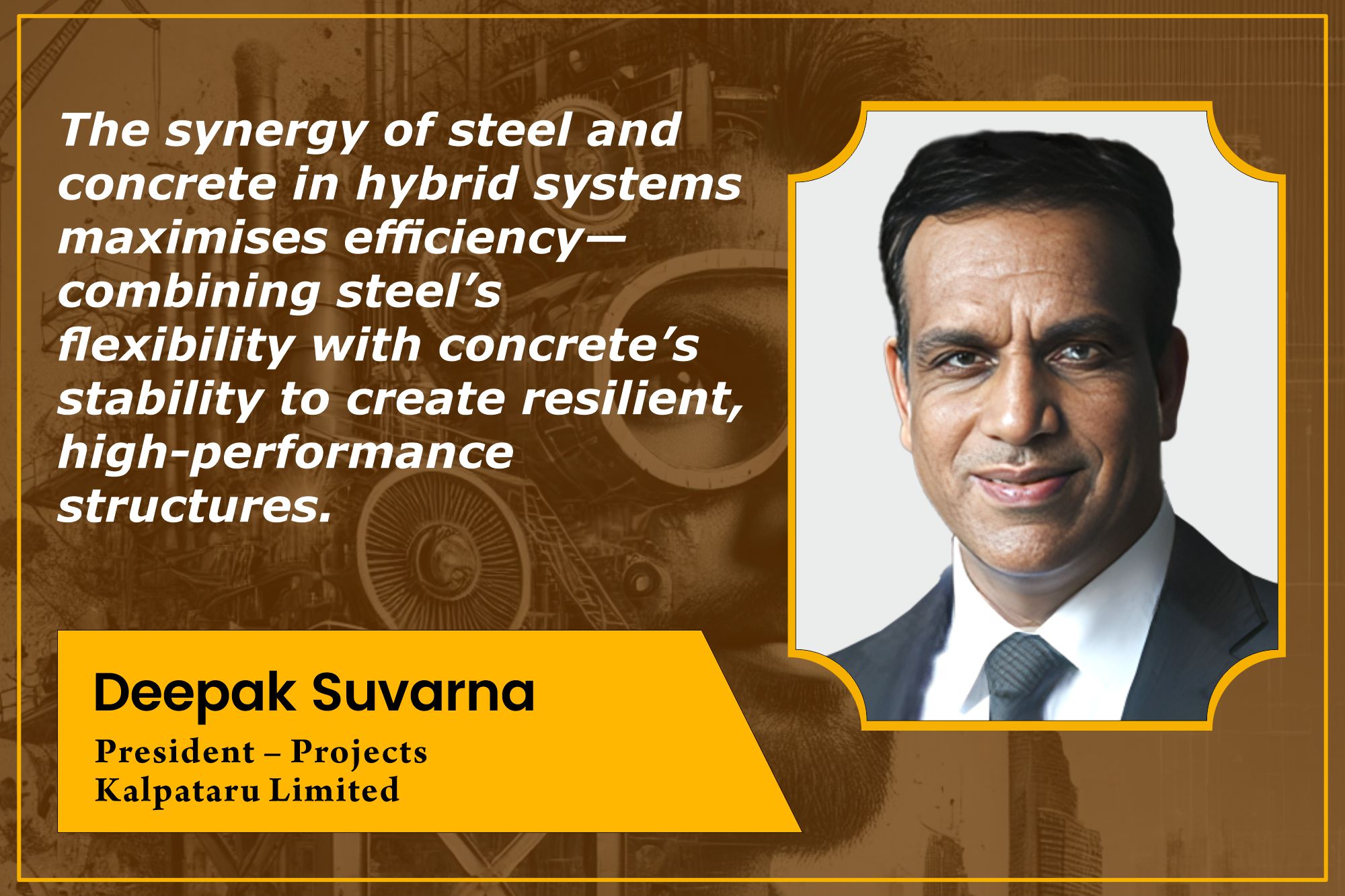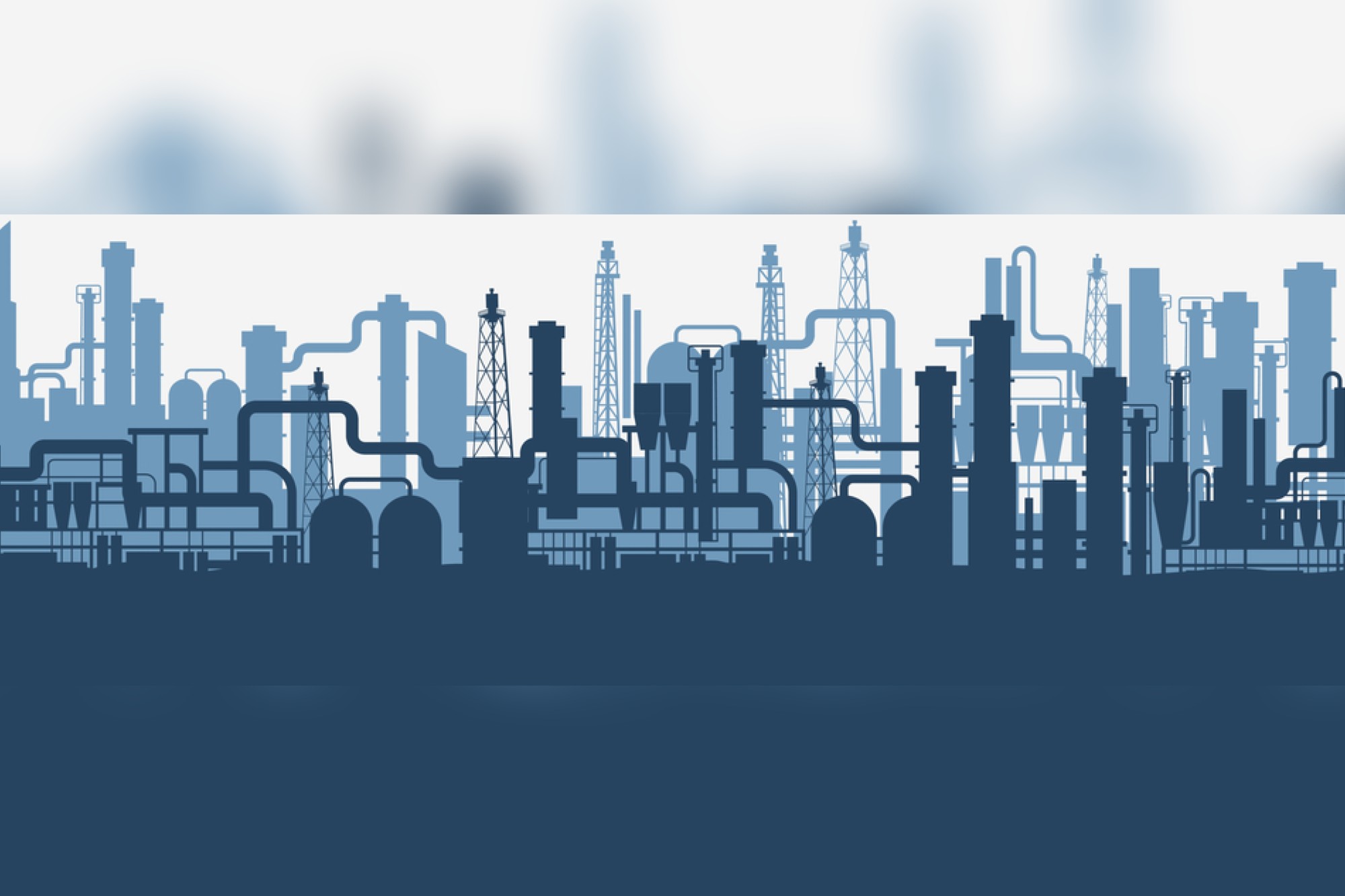“Protecting concrete structures not an undue cost”
By Edit Team | August 18, 2014 7:15 am SHARE

”Once the market is convinced that protecting concrete structures using suitable coating systems is a benefit over the lifecycle of the structure and not an undue cost, the application of protective coating systems will rise much faster than it is now,” says Sunny Surlaker, Head – Admixtures Division, MC-Bauchemie India Pvt. Ltd.
The construction chemicals industry generally caters to the chemicals used for coatings of concrete structures, either new or repaired. This sector seems to offer tremendous amount of opportunities. Mr Surlaker talks about the current situation and demand and opportunities in this industry.
Current scenario
Concrete coatings form a part of waterproofing systems, floorings as well as anti-carbonation protective coating systems. Considering the industry is pegged at roughly ` 3,500 crores and the waterproofing, flooring and repair sector combined contribute about 30 per cent of this figure, the market need is almost ` 1,000 crores.
“The current scenario looks very promising and is burgeoning at an excellent pace,” believes Mr Surlaker. “Considering today’s scenario, we do not believe there is a gap in the supply as opposed to the demand, but we hope with the rising construction industry and awareness of our industry, the demand for these high performance chemicals will grow. We are poised to cater to the demands of the construction industry.”
Opportunities
The opportunities in this sector have to be availed by raising awareness about this material segment. Today the keywords in construction are durability and sustainability. Concrete structures are being designed with a 100-150 years design life (infrastructure and metro projects). This kind of design lifecycles can only be achieved if concrete is protected with the correct protective systems. “In our experience, our coating systems themselves have shown a life in excess of 15 years on some structures. If the coating can last that long, the structure it protects can have a virtually inexhaustible design life,” assures Mr Surlaker.
“Once the market is convinced that protecting concrete structures using suitable coating systems is a benefit over the lifecycle of the structure and not an undue cost, the application of protective coating systems will rise much faster than it is now,” adds Mr Surlaker. “For this awareness, material quality, technically sound application systems and correct specifications would play a key role in creating more opportunities in this sector.”
Products offered
The application of protective coating is an attempt to increase the effective cover of concrete in terms of both quality and quantity. By virtue of their formulations, anti-carbonation protective coatings provide the protection quotient of meters of concrete cover in a very thin layer. Therefore the principle of equivalent cover is very valuable both in repair strategies and even to safeguard new structures that have a very long design life.
Several benefits can be obtained by incorporating the surface treatments in a well-designed manner right from conception of project. Although the main function of any surface protectant is moisture ingress control, the coatings can also be designed for resisting chemicals, chlorides, diffusivity of carbon dioxide, sulphur dioxide and oxygen. Root and vegetation growth can be prevented in concretes under damp conditions.
Moreover, MC-Bauchemie offers the following coating systems to safeguard concrete structures:
• Zentrifix Elastic, Dichtament DS-flex and the crystallisation based Dichtament DS2 system: These are breathable waterproof cementitious polymer modified coatings with thick coatings (1-2mm). Its application areas include marine structures, wastewater treatment structures, wet areas in bathrooms and building construction, terraces, interior walls of water tanks, etc.
• EmceColor-flex and Betonflair systems: Elastic-elastomeric, anti-carbonation, breathable, crack bridging, UV resistant coatings (200-300 micron thickness). These are suitable for exposed concrete structures like bridges, power plants, fair face finished building walls, external faces of water tanks, etc.
• Nisiwa SH, Emcephob SX, Emcephob AC and the Betonflair CT system: Breathable hydrophobic impregnation coatings, based on silicone, silane-siloxane. These find their applications in masonry facades, natural stone facades, decorative plasters, low abrasion resistant floors, etc.
• MC-DUR range of epoxy coatings: Resin based coatings and used for a variety of purposes including high chemical resistant concrete applications, low pH concrete applications, etc. where there is no water movement/osmosis.
Another benefit, these protective coatings provide is an equivalent cover to concrete. For example, MC’s Zentrifix-elastic at 2mm thickness provides a cover equivalent to 72 cm of well-compacted M30 concrete. EmceColor-flex system at 331 micron thickness provides a cover equivalent to 74 cm of well-compacted M30 concrete. The application of these materials in terms of waterproofing or protective systems thus becomes imperative.
Cookie Consent
We use cookies to personalize your experience. By continuing to visit this website you agree to our Terms & Conditions, Privacy Policy and Cookie Policy.






































-20240213125207.png)

























